Cult Film Legend Fred Olen Ray Talks the Birth of His Stepmonster

– Julian Grainger, 2016, writer & film historian
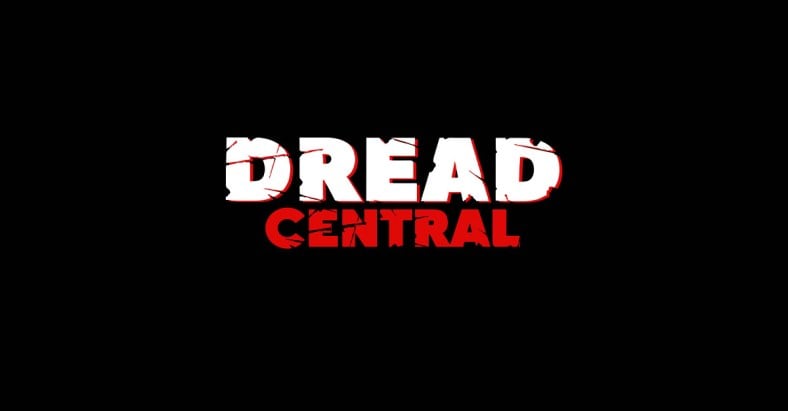
Stepmonster poster / Fred Olen Ray
Roger Corman’s 1993 horror comedy Stepmonster came at a time when some independent filmmakers and low budget film production companies were experimenting with pseudo-supernatural storylines for kids, churning out flicks that involved friends or family members playing everything from vampires to monsters to aliens. Titles like My Stepmother Is an Alien (1988), My Mom’s a Werewolf (1989), and the Kiwi kiddie romp My Grandpa’s a Vampire (1992) began occupying shelves on every mom and pop rental store. While sometimes schlocky and even risqué (certainly for the younger viewership), these films were important because they cleverly introduced challenging subjects for kids in a humorous and playfully scary way. Divorce, death, bullying, and the challenges of growing up in an adult-dominated world were just some of the many themes tackled by filmmakers dabbling in the genre.
A leading figure responsible for churning out some of these films during that lush B-movie era was Roger Corman and his company, Concorde-New Horizons (now New Horizons Picture Corp.) Another B-movie legend in his own right, responsible for writing, directing, and producing an array of cinematic material (low-to-medium budget films spanning numerous genres from horror to comedy), is Fred Olen Ray. Ray has penned such cult classics as The Alien Dead (1980), Hollywood Chainsaw Hookers (1988), and Dinosaur Island (1994); and he’s also responsible for giving birth to the storyline of what I consider to be a criminally overlooked kids horror film called Stepmonster. I recently caught up with Fred to talk about the origins of the film and to learn a bit more about the low budget movie culture in which Stepmonster was created.
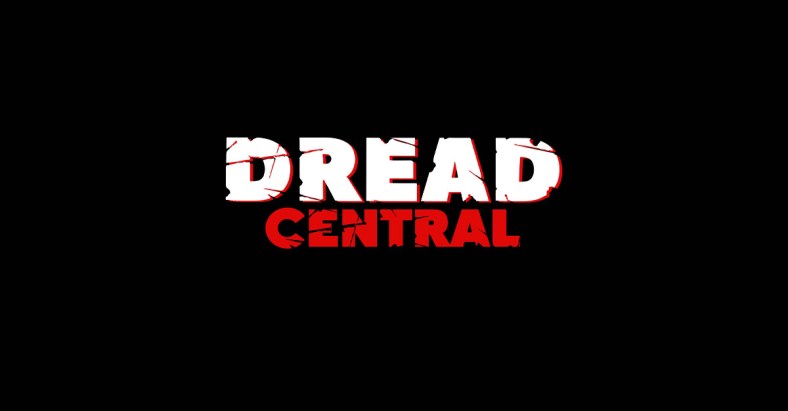
North American and European VHS covers
John Campopiano: Where did the idea for Stepmonster originally come from?
Fred Olen Ray: I was asked to be the executive producer on a film that did absolutely nothing. It was one of those films where someone gave me a credit to just advise them on set. I believe he was a first time director. It was called Sexbomb and starred Robert Quarry (as King Faraday), Delia Sheppard (as Candy Faraday) and Linnea Quigley (as Phoebe Love) and was about a low budget movie producer. It was a spoof on Sam Arkoff and American International Pictures. So, I went to a screening of it, and at one point King Faraday’s daughter began talking talking about Candy Faraday (wife of her father, King Faraday), and asked, “How’s my stepmonster today?” I went, “Hey! That’s a good idea!”
Craig Nevius did a rewrite on the original script that I had developed for Stepmonster independently of Roger [Corman]. In fact, I was developing lots of other films around that time. Teenage Exorcist was one of them. And when someone needed a project to plug-in somewhere, I would get a phone call asking, “Do you have something?”; and I would say, “Well, I’ve got this…” And so, Stepmonster was one of those cases. I went and hired Mark McGee and told him what I wanted to do. We developed the story, took it to Roger and got it made.
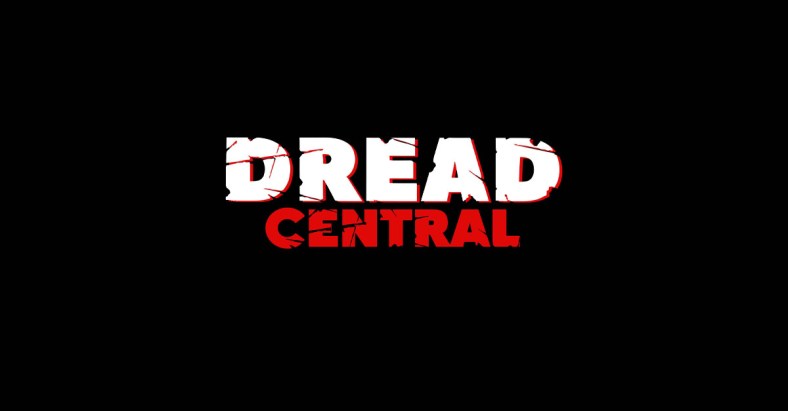
Tropopkin as seen in Stepmonster
In the 1980s and early 1990s — as the video market grew — one thing that people weren’t making a lot of were horror films for the family. Our story essentially concerned a creature trying to hide out in society and a kid acting as its nemesis, threatening to expose it. Mark [McGee] and I never really identified what kind of creature it was in the original script. The name “Tropopkin” actually came from Craig. There was this silent war going on inside the house that, whenever someone else came in the room, the kid and the stepmother had to immediately stop what they were doing — they had to stop trying to kill each other. Of course the father was oblivious but the kid definitely knew his stepmother was a creature.
JC: Where do you think the popularity of the “family member as creature” theme in films from the 1980s and 90s originate?
FOR: Stepmonster came at a time when a handful of these kinds of films were being made. I think the motivation for them was the same thing that happened in the late 1950s when you had this riff between kids and parents — even just adults in general. Kids having problems with parents plays into this idea that kids feel powerless and that every aspect of their lives is controlled. Even toys around that time tried to appeal to kids by focusing on them being in control, with ads for things like robots screaming, “YOU control him!” and “YOU tell him what to do!” And it was all playing into the fact that kids just don’t have any power in their lives, but this sort of escape lets them be heroes. Like in The Lost Boys, kids can actually be powerful in the adult-controlled situations they find themselves in when they’re growing up.
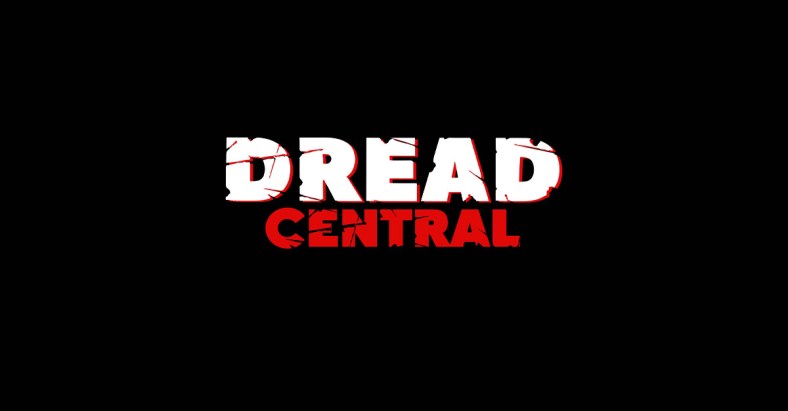
Boy with toy robot, circa 1950s; photo source unknown
I think the desire to make a film like Stepmonster comes from the nostalgia of growing up but also the relatability of knowing what it’s like to have nobody believe you when you’re a kid — that everything a kid tells an adult is out of some wild imagination or is some far-fetched and fantastic thing. Every kid knows what it’s like to try to tell someone something and nobody believe them. So, for the film the idea was, “Well, what if it’s all true? What if there IS something under the bed or in the closet!?” And so we said, “Let’s take this to where you have an oblivious dad and a kid who definitely knows — he knows what’s going on [with this creature stepmother] but nobody wants to believe him.”
JC: Was horror comedy for kids (like Stepmonster) standard fare for Roger Corman back in the early 1990s, or was this type of film unusual for him to get behind? As a follow-up, what was the distribution scene like for these types of films back in those days?
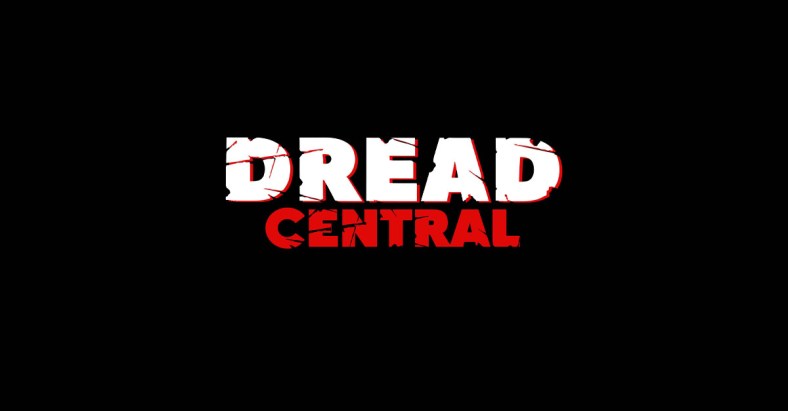
Roger Corman, circa 2006; Wikimedia Commons
FOR: I think he [Roger] always liked horror comedies — I know he tried that approach with films like Saturday the 14th (a film I’ve always liked). Roger had his own distribution and so he had to have a certain numbers of titles each month. (I think it came down to something like 24 films a year.) That was the day when people like Cirio Santiago would make a Road Warrior or Mad Max rip-off in the Philippines because there was a market for it thanks to this home video boon.
As far as Roger, what he would do is take out a huge ad in the L.A. Times and then he’d put the movie either down on Broadway where there was a theater that bums used to sleep in because it was $3 a night and was cheaper than the flophouse. They had these 24-hour theaters and Roger would play a film first-run down there. Or he’d play it in the 5th theater at the Egyptian, which was about the size of your living room. One time I said to Roger, “Why do it? You know L.A. Times advertising is incredibly expensive for you to play these films in the back theater at the Egyptian or downtown at the flophouse theater.” And he’d say, “Fred, it’s more important that people see the ad than they see the movie,” and it was all because of this: The big distributor for VHS was in De Moines, Iowa, and they were huge. They would take orders of stuff based on if you played these top 10 cities, and so if you could prove that (even if it played it just one theater), your home video revenue went sky high. That’s how a lot of our films got into theaters.
JC: What was it like to see your idea for Stepmonster go from script to screen?
FOR: Well, you always end up feeling like your stuff has been tampered with a little bit. But it really did have a great cast. In my original script the stepmother didn’t turn into a monster with the full-body transformation; that was something that was added later on. In the original script the kid was convinced his stepmother was a monster, and he went to greater lengths to reveal her — hoping ultimately to kill her. We wrote many instances of him trying to kill or capture her. For example, he’d leave his bed unmade, and when she’d go in to make it, she’d trigger a rigged bear trap that would just nearly miss cutting her in half. We had lots of those Rube Goldberg-style traps and things in the original script. Also, I remember we had originally intended Mary Woronov to play the stepmother, but I really liked Robin Riker and knew her from “Get a Life” with Chris Elliott. (I always thought Robin Riker came off like Brinke Stevens the scream queen. Robin was great.).
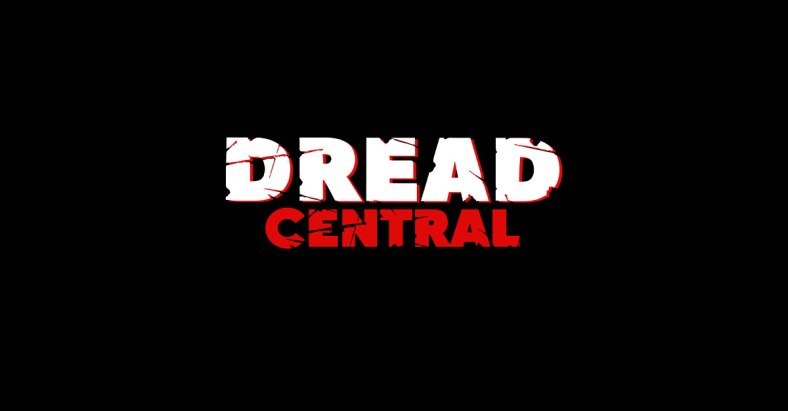
Rare DVD insert for Stepmonster
JC: I think it’s time for Stepmonster to get a legitimate Blu-ray release. Think it’s possible?
FOR: I had the LaserDisc and the theatrical one-sheet poster for Stepmonster framed and hanging in my office on Sunset Boulevard for quite a while. You know, I tell young filmmakers who come to Retromedia Entertainment and want to make low-budget film that for the money it would take to make a film — even making it for $20k — they’d be better off taking that money and buying a film from the mid-1970s that isn’t any good and putting it out. The passage of time seems to create a market for these films. I don’t know if it’s the nostalgia factor or what, but a crappy drive-in film like Invasion of the Blood Farmers (that nobody liked) would sell better on Blu-ray than a brand new, low budget film that someone just made. People seem to like to go back to the films they remember seeing years ago.
It’s really a buyers’ market now — a sell-through market. You’re not going to get a 20-year-old film into Redbox, so you’ve got to rely on the fan base to buy it. It’s all about the fan base. This isn’t necessarily a bad thing, though — it’s been working for us here at Retromedia. (We’re just about to bring out The Alien Factor). So, anyway, I wish you luck with it.
Want to read more about Stepmonster!? Check out this other recent article about the film, which includes segments of an interview with actor and documentary filmmaker Billy Corben.
Categorized:News

